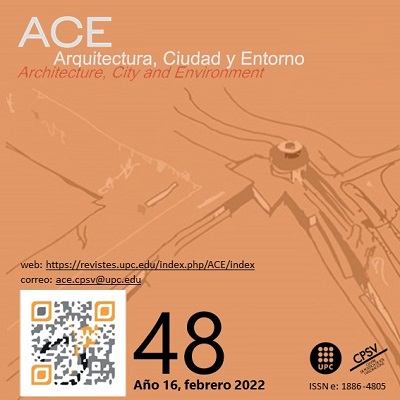Modeling Land Value in Peripheral Metropolitan: An Empirical Study in Jakarta Metropolitan Area
DOI:
https://doi.org/10.5821/ace.16.48.10631Keywords:
Geographically weighted regression, hedonic price model, iso-value line, peripheryAbstract
The purpose is to map and examine infrastructure development and facilities on the land value both economically and spatially. The study used iso-value line analysis to describe land price increases in two decades (2000-2010), hedonic pricing models to determine how variable influences land price increases and Geographically Weighted Regression to describe spatial heterogeneity and spatial dependence. The results showed that the variable location of land located in cluster housing, proximity to the Station, proximity to the bus terminal, and proximity to toll gates became the main factors influencing land prices. These findings suggest that periphery and central transport connectivity are a consideration in pricing. The need for mass transportation as a consideration in the selection of homes in periphery area communities. These findings can help policymakers direct and control the spatial structure of regional economic development and policies related to land value capture.
Published
Issue
Section
License
| INTELECTUAL PROTECTION CRITERIA |
At this moment, it is count with the "Oficina Española de Patentes y Marcas", while global protection it is being processed by the World Intelectual Property Organization (OMPI/WIPO). Nevertheless the International Standard Serial Number Office (ISSN) has given the following numbers ISSN: 1886-4805 (electronic version) and 1887-7052 (paper version). All articles will be peer reviewed, using double blind reviewing. |
| COPYRIGHT |
The article contents and their comments are authors exclusive liability, and do not reflect necessarily the journal editor commitee's opinion. All ACE published works are subject to the following licence CC BY-NC-ND 3.0 ES http://creativecommons.org/licenses/by-nc-nd/3.0/es/ It implies that authors do not hold nor retain the copyright without restrictions but only those included in the licence. |





































